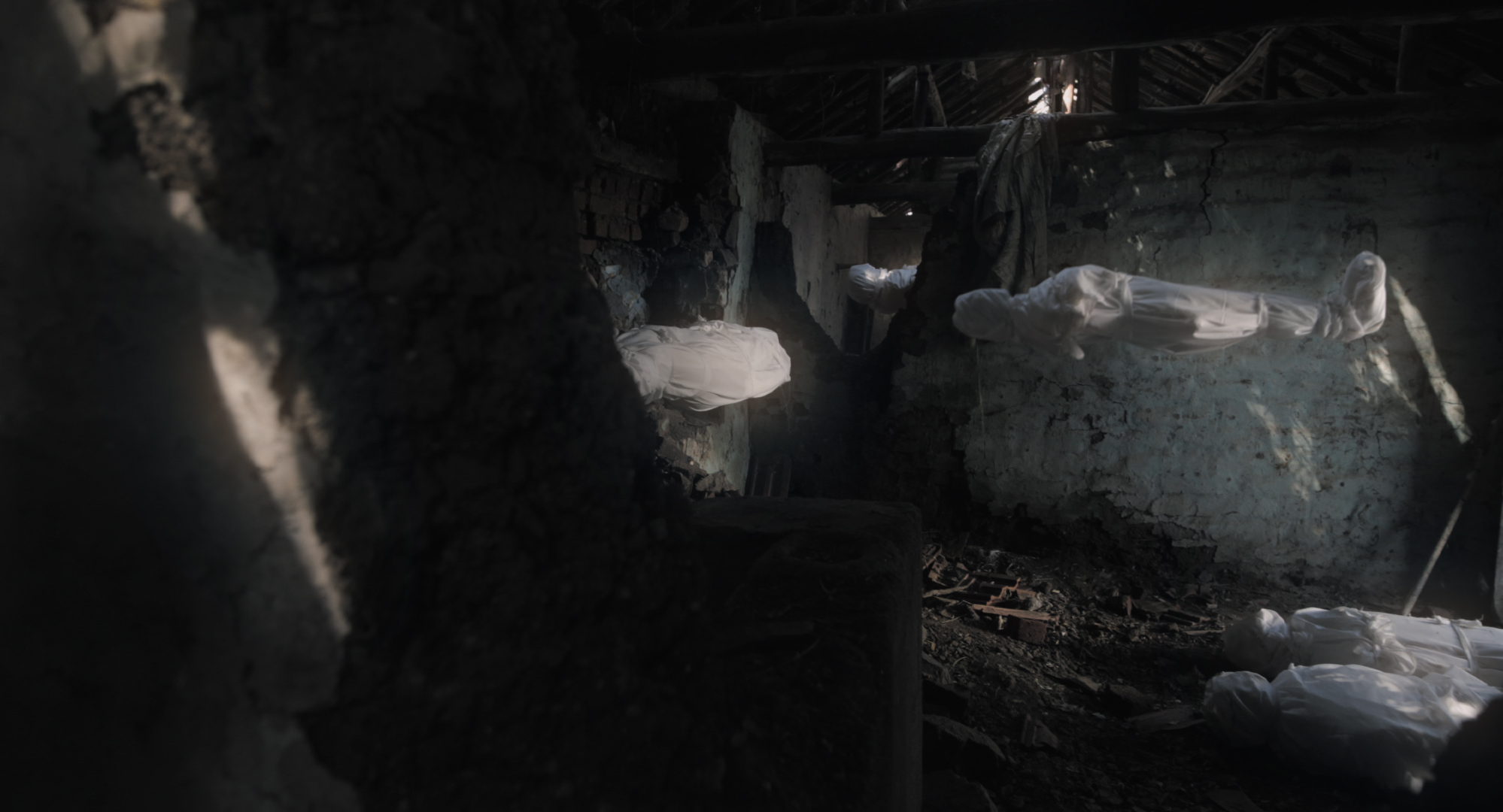Unpublished note. My thanks to Kabir for sharing it with me.
Roughly translating as “viewing,” darshan is a form of Hindu worship.
Named for the emperor Shah Jehan, who inaugurated it in 1638, Shahjahanabad was the capital of the Mughal Empire. Today it is usually referred to as “the Old City” or “Old Delhi.”
The 2001 film Dil Chahta Hai (The heart desires), directed by Farhan Akhtar, is a standard-bearer of the trend. The film centers on the friendship between three handsome and well-to-do young men in Mumbai. Poor or lower-caste people, such as domestic servants, ordinary city dwellers, and passers-by, are nowhere to be seen. For an indication of the film’s importance, see Vatsala Devki Vats, “19 Years On, Dil Chahta Hai Continues to Remain A Masterpiece Film On Friendship,” Indiatimes, July 18, 2020 →.
Isabel Wilkerson, Caste: The Origins of Our Discontents (Random House, 2020).
A few recent films in the wake of Black Lives Matter depart from this rule, but it is too soon to tell how influential or lasting this trend will be.
Antonio Negri and Michael Hardt, Multitude: War and Democracy in the Age of Empire (Harvard University Press, 2004), 100.
Anupama Rao, The Caste Question: Dalits and the Politics of Modern India (University of California Press, 2009).
Kristin Ross, Communal Luxury: The Political Imaginary of the Paris Commune (Verso, 2015), 116.
Ross, Communal Luxury, 74.
Kabir Mohanty, unpublished note.
Pier Paolo Pasolini, “We Are All in Danger,” interview by Furio Colombo, L’Unità, November 1, 1975 →.
Quoted in David Forgacs, “Dirt and Order in Pasolini,” in Pier Paolo Pasolini, Framed and Unframed: A Thinker for the Twenty-First Century, ed. Luca Peretti and Karen T. Raizen (Bloomsbury Academic, 2019), 21.
Luis Buñuel, The Last Sigh, trans. Abigail Israel (Alfred A. Knopf, 1983), 283.
This classic critique of the bourgeois public sphere is from Oskar Negt and Alexander Kluge, The Public Sphere and Experience: Toward an Analysis of the Bourgeois and Proletarian Public Sphere, trans. Peter Labanyi and Jamie Owen Daniel (University of Minnesota Press, 1993).
See David Engerman. The Price of Aid: The Economic Cold War in India (Harvard University Press, 2018); India and the Cold War, ed. Manu Bhagavan (University of North Carolina Press, 2019); Arvind Rajagopal, “The Cold War as Nightmare Envy: A View from India,” Seminar, no. 719 (July 2019); Arvind Rajagopal, “The Cold War as an Aesthetic Phenomenon: An Afterthought on Boris Groys,” Javnost – The Public 26, no. 4 (2019): 370–74.
My thanks to Andreas Petrossiants for his wonderful stewardship and editorial input, and to the editorial team of e-flux journal in general.
Film credits for Ghode Ko Jalebi Khilane Le Ja Riya Hoon:
Director and producer: Anamika Haksar
Screenwriters: Anamika Haksar, Lokesh Jain
Cast: Ravindra Sahu [Pathru, the pickpocket], Raghuvir Yadav [Chaddami, the street-food vendor], K. Gopalan [Lalli, the trade unionist], Lokesh Jain [Old Delhi tour guide], and 350 residents of Shahjahanabad
Executive producers: Gurudas Pai
Special effects: Soumitra Ranade
Director of photography: Saumyananda Sahi
Production designer: Archana Shastri
Costume designer: Sneha Kumar
Editor: Paresh Kamdar
Music: Tyrax Ventura, Ustad Daud Kahn Sadozai, Utsav Nanda
Sound designer: Gautam Nair
Sales: Gutterati Productions
Length: 121 minutes
Ghode Ko Jalebi Khilane Le Ja Riya Hoon first premiered at the Mumbai Academy of the Moving Image (MAMI) festival in 2018. It was also the only film to be selected to the Sundance New Frontier Festival in the year 2019.
